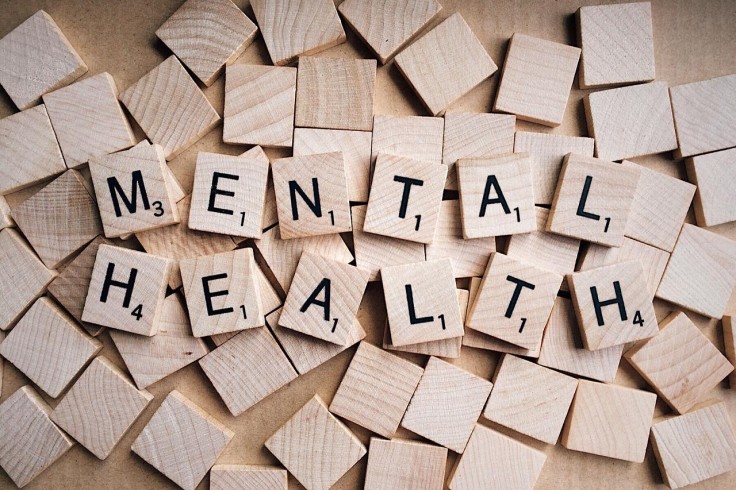
The American Academy of Pediatrics called a recent increase in mental health crises among children and teenagers in the United States a national emergency. Gary Maslow, who is a child and adolescent psychologist at Duke University, said it is unlike anything he has experienced in doing this for 20 years.
Maslow joined professor Sharika Hill and fellow Duke pediatric psychologist Nathan Copeland in a virtual discussion on Wednesday, July 13, to help parents and caregivers help teens and kids facing depression, anxiety, self-harm and suicidal thoughts.
According to Copeland, more children died by suicide in 2019 than at any point in American history. He added that suicide was the second leading cause of death among youth that year. Suicide accounted for nearly 25 percent of all death among children in the 10 to 24 age group.
Worst outcome is children dying by suicide
He also noted that suicide accounted for more deaths than the next seven core medical causes combined among individuals in the 15 to 24 age group. According to the Center for Disease Control and Prevention, those causes include congenital issues, homicide, accidents, and cancer.
Maslow explained that the worst outcome is kids dying by suicide, saying that is happening already but that is just the tip of the iceberg. Black youth were among the most impacted by suicide back in 2019, just as in many facets of health care.
Copeland talked about the impact of systemic racism on Black teens and kids, saying that the suicide rate increased faster for Black youth than for any other demographic. Maslow added that Hispanic youth in Durham are also presenting at much higher suicide rates than they have seen before.
Read Also : Covid-19 Pandemic Worsens Mental Health Crisis For High School Students in the United States
COVID pandemic made mental health problems worse
Copeland noted that nearly 1 in 5 youth will experience pediatric mental illness during their childhood. He revealed that people in this age group often go undiagnosed and untreated for years, saying that it can take five to 11 years for a kid to get treatment for behavioral and mental health issues from the moment they start experiencing symptoms.
He told the News & Observer that for a child, that is a significant 11 years. Copeland said that is a long period of time that a kid has been experiencing mental illness and what is more concerning is that only 20 percent of youth experiencing mental illness end up receiving the life-saving care that they desperately need. Copeland noted that academic pressure and school in general also fuel bullying and peer victimization.
Hill added that while mental health crises among children and teenagers were up even before the pandemic, he said the COVID-19 outbreak has made things worse. Copeland echoed that sentiment, saying that they saw increased loneliness, isolation, and parental distress lately. He noted that data showed a nearly two-fold increase in anxiety and depressive symptoms among children and adolescents.